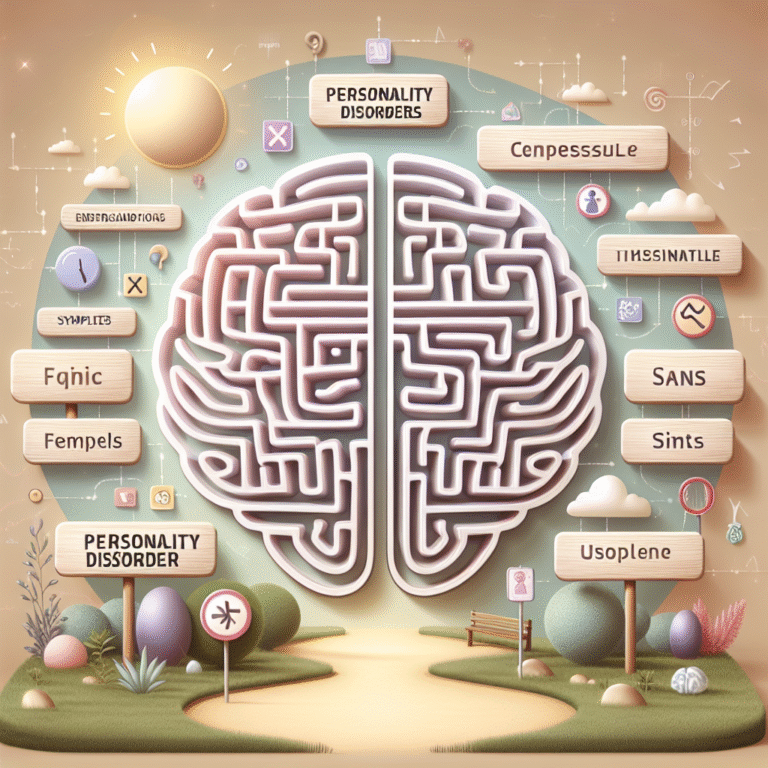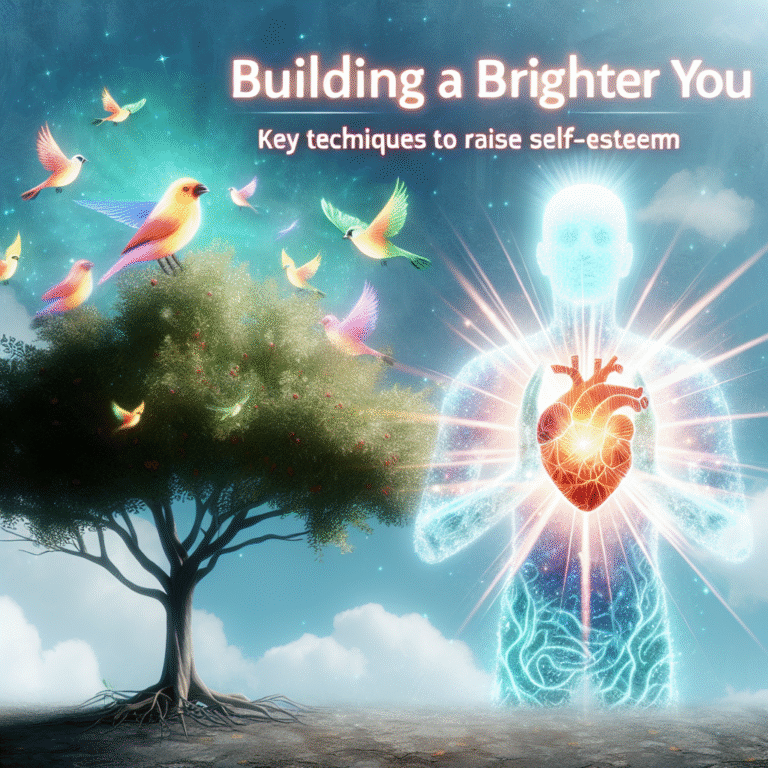From Chaos to Calm: Ultimate Ways to Sharpen Your Emotional Regulation Skills
Introduction
In a world increasingly characterized by uncertainty and rapid change, our emotional landscapes can often feel tumultuous. It’s easy to slip into emotional chaos, overwhelmed by stress, anxiety, and negative feelings. However, the ability to regulate these emotions effectively can transform our daily lives—from chaos to calm. Learning how to navigate emotional storms not only improves personal well-being but enhances relationships and professional success. This article will explore practical, manageable strategies to sharpen your emotional regulation skills, helping you lead a peaceful, fulfilling life.
Understanding Emotional Regulation
Before diving into specific techniques, it’s essential to grasp what emotional regulation entails. Emotional regulation is the ability to monitor, evaluate, and modify emotional reactions in both positive and negative situations. It involves recognizing your feelings, understanding their cause, and deciding how to respond effectively.
- Why is Emotional Regulation Important?
- For better relationships: Emotional regulation helps improve communication and reduces conflicts.
- For better mental health: Managing emotions effectively can lead to lower levels of anxiety and depression.
- For better decision-making: Calmer emotions help clarify thinking and prioritize effectively.
The Emotional Regulation Cycle
Understanding the emotional regulation cycle can empower you to make intentional changes. The cycle consists of:
- Stimulus: An event or situation that triggers an emotional response.
- Emotional Reaction: Your initial feelings—fear, anger, joy, etc.
- Cognitive Appraisal: Recognizing and analyzing your feelings.
- Response: Choosing how to act or react based on your appraisal.
Key Techniques and Strategies
1. Mindfulness Meditation
Mindfulness meditation is a powerful tool for emotional regulation that trains the brain to be present. By focusing on the here and now, you can better understand your emotional triggers.
- Case Study: Sarah’s Journey
Sarah, a busy marketing executive, experienced overwhelming anxiety at work. By integrating mindfulness practices into her daily routine, she reported feeling more centered and less reactive. Each morning, Sarah dedicated 10 minutes to mindfulness meditation, which helped her respond more thoughtfully to stressors.
2. Journaling
Putting pen to paper can help clarify thoughts and feelings. Keeping a regular journal allows you to process emotions and reflect on your experiences.
- Case Study: Tom’s Transformation
Tom, a college student, struggled with anger management. After starting a journal, he noticed patterns in his anger episodes. Through reflection, he learned how to modify certain triggers. Journaling became his safe space, leading to fewer outbursts.
3. Cognitive Behavioral Techniques (CBT)
CBT is an evidence-based approach that focuses on changing negative thought patterns. Embracing these techniques can significantly enhance emotional regulation skills.
- Table 1: Key CBT Techniques for Emotional Regulation
| Technique | Description |
|---|---|
| Cognitive Restructuring | Identifying and challenging negative thoughts |
| Exposure Therapy | Gradually facing fears in a controlled manner |
| Relaxation Techniques | Engaging in deep breathing or progressive muscle relaxation |
4. Develop Emotional Awareness
Identifying emotions is the first step to regulation. Use the "Feelings Wheel" to categorize different emotions, which can provide clarity.
- Feelings Wheel Example: The center displays core emotions (like joy or anger), while surrounding layers provide more specific emotions (like excitement or frustration). This tool can help pinpoint feelings, allowing more effective responses.
5. Practice Self-Compassion
Embrace kindness toward yourself during emotional turmoil. Self-compassion helps foster resilience and aids in emotional recovery.
- Case Study: Lisa’s Self-Compassion Journey
Lisa faced disappointment after a failed job application. Instead of harsh self-criticism, she practiced self-compassion by acknowledging her feelings without judgment. This shift helped her bounce back faster and view future rejections differently.
Enhancing Emotional Regulation in Daily Life
Here are some practical ways to incorporate emotional regulation into your daily routine:
1. Breathing Exercises
Inhale deeply for a count of four, hold for four, and exhale for four. This simple exercise can curb escalating emotions, allowing for clearer thinking.
2. Physical Activity
Exercise releases endorphins, which can enhance mood. Just a short walk can clear the mind and help manage stress.
3. Social Support
Connecting with friends or family can provide a buffer against emotional upheaval, helping you to process feelings and gain perspective.
Additional Tools and Resources
-
Apps for Emotional Regulation: Consider downloading mindfulness or journaling apps, such as Headspace or Day One, which can offer support in daily practices.
- Books for Further Reading: Explore "The Gifts of Imperfection" by Brené Brown or "Mind Over Mood" by Dennis Greenberger for deeper insights into emotional regulation strategies.
Conclusion
Regaining emotional control can feel like an uphill battle, but simple practices can guide you from chaos to calm. By refining your emotional regulation skills, you will enhance your quality of life, build stronger relationships, and achieve greater success. Remember, emotional regulation is a lifelong journey, and each small step you take will lead you toward a more balanced and peaceful existence.
FAQs Section
1. What are the main benefits of emotional regulation?
Emotional regulation can lead to improved mental health, better decision-making, and enhanced relationships by facilitating healthier responses to various life situations.
2. Can emotional regulation skills be learned?
Absolutely! Emotional regulation skills can be developed through practice, strategies, and techniques, as outlined in this article.
3. How long does it take to notice improvements in emotional regulation?
While this can vary from person to person, individuals may start noticing improvements in their emotional responses within a few weeks of consistent practice.
4. Is mindfulness meditation suitable for everyone?
While most people can benefit from mindfulness, it may not suit everyone. If you have a history of trauma, consult with a mental health professional before starting these practices.
5. What should I do if I feel overwhelmed emotionally?
Take a step back. Use breathing techniques, reach out to a friend, or engage in a calming activity. If feelings persist, consider seeking professional help.
Closing Thoughts
The journey from chaos to calm is not just possible; it’s achievable for everyone willing to invest in their emotional health. With the tools and strategies outlined in this article, you can sharpen your emotional regulation skills and navigate life’s challenges more gracefully. Embrace the calm you deserve!


















